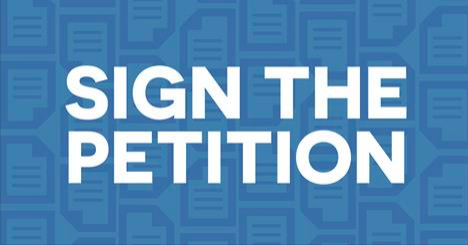The Library Is Our Lab
The University of Maryland Libraries announced this summer, without any consultation with the faculty or students, that our art library of over 100,000 volumes, as well as the architecture library next door, were to be closed, and their collections integrated into the main research library on campus. Ours won’t be the only subject-specific library to be consolidated in the coming years, as our university, like many others, moves to reduce their physical holdings and shift more and more towards digital formats.
The idea of a “humanities lab” — a social, intellectual, and physical space for humanities scholars to collaborate on projects à la the “hard” sciences — has been circulating for some time now. The digital turn over the past decade has certainly added fuel to many humanities labs initiatives, not the least of which is our own Collaboratory for Visual Culture at the University of Maryland.
The humanities have had labs for quite some time, of course. Our research libraries are spaces where we not only mine our archives for new discoveries, but also where we commune with the voices of our past discipline. The subject-specific library, in particular, gathers together the full range of resources, in all their diverse subjects, genres, and formats, that would otherwise be scattered in a general collection. More than simple convenience, the subject library also becomes a locus where every member of the department, from new grad students to the rarely-seen ABDers to the faculty, go by necessity to pursue their work. We commune not only with our disciplinary past, there, but also with our living disciplinary present. The library is our lab.
In her letter announcing the plans to close our neighboring Architecture library, Dean Patricia Steele quoted from an essay by Ernest Cushing Richardson, librarian at Princeton at the turn of the century, on the medieval library:
It came to pass, therefore, that a single cathedral or monastery often had as many as half a dozen distinct collections, located at various points in church and cloisters, each intended for a special use; and besides this, there were also, here and there in the cloisters, small reading-desks with one or two books on each for general reading. The whole institution was thus in some sort a library, and to think of the ecclesiastical library as a single collection in a single place is to miss one of its most characteristic features.1
This seemed an odd quotation in support of the argument for unifying collections in hopes of, in the dean’s words, “removing the onus of place dictating work.” Of course, Richardson’s entire argument is that these collections were inherently spatial. What is more, if you continue to read a few pages after this quote, Richardson goes on to show how the very process of navigating these ecclesiastical libraries was replete with human interaction both glancing and prolonged, from gatekeeper, to monk, to pilgrim, to beggar, to librarian. As Richardson evocatively demonstrates, one of the virtues of the specialized library was the way that it anchored knowledge not only within a space, but also within the people inhabiting that space. What worries me is that the reasoning behind this closure comes not merely from the wish to centralize the collections, but from a vision for a dematerialized mode of academic work that forgets the vitality of human interaction in exchanging knowledge.
It is probably safe to say I work more with computational approaches and digital sources than anyone else in my department. And yet I am equally reliant on the generations of knowledge stored in these volumes, as well as the present knowledge of my colleagues that I also find there, whether meeting to discuss a project or having a chance encounter with a colleague in the stacks. If you shutter our library and disperse our collections, you are closing our lab, but you are also denying, in part, the very human practice of what we do.
Please, take a minute to sign our petition.
-
Richardson, “The medieval library”, Harper’s, April 1905. Full text: http://web.archive.org/web/20190412060958/http://historyreadings.com/uk/med_lib/002.html ↩

